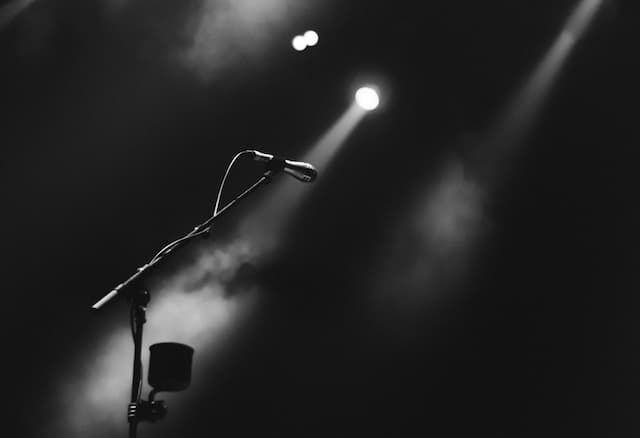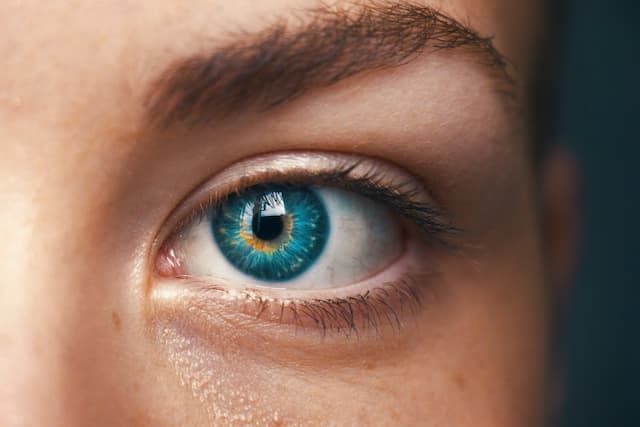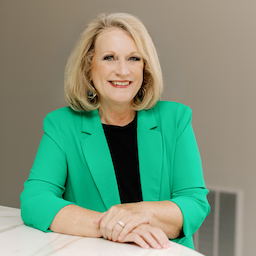Stage Fright and the Artist
 As a child learning to play the piano, I would do something that might be considered a little odd. When I practiced a large piece, I would pretend I was giving a concert. In my mind’s eye, I was on a big stage in front of a large audience, sitting behind a black grand piano that stretched out into the darkness. I could feel the adrenalin begin to flow through me, my heart begin to accelerate, so much so that I had to take a deep breath as I turned to the first page of my piece. Sometimes, I even blindfolded myself, partly so I could practice without looking at the keys and partly so I could experience the illusion more fully.
As a child learning to play the piano, I would do something that might be considered a little odd. When I practiced a large piece, I would pretend I was giving a concert. In my mind’s eye, I was on a big stage in front of a large audience, sitting behind a black grand piano that stretched out into the darkness. I could feel the adrenalin begin to flow through me, my heart begin to accelerate, so much so that I had to take a deep breath as I turned to the first page of my piece. Sometimes, I even blindfolded myself, partly so I could practice without looking at the keys and partly so I could experience the illusion more fully.
What I now know is that what I was doing is called visualization, and it is a technique for helping a person through performance anxiety, also known as stage fright. No one taught me to do this; it was simply a mind game I played to break up the boredom that came from the repetition of practicing classical music. But I think it was really helpful to me as I grew up, to remain calm and composed, and to learn how to manage my adrenalin, during what would eventually be thousands of performances in my lifetime.
Performance anxiety, or glossophobia, is quite common. As George Dvorsky put it in “The Neuroscience of Stage Fright,”
“Public speaking is one of our most common fears, topping flying, financial ruin, sickness, and even death. The fear can get so bad that people become physically ill before getting on stage. But this fear—often called performance anxiety or stage fright—extends beyond the pressure to perform in the moment. It’s about the underlying social psychology of exposing oneself to an audience. It’s this vulnerability that sets off an entire cascade of physiological processes throughout the body in a defense mechanism…”
In my experience, there are two types of performing artists: those who perform better when they are in front of an audience and those who perform better in rehearsal. The difference is that the former have learned how to manage their flight or fight response and know how to use it to their advantage on stage. In my opinion, learning to manage the physiological changes that occur during bursts of high stress (as in during a performance) is as important to the performing artist as learning the notes or lyrics or dance steps.
I’m blessed to have the opportunity to work with a lot of artists, some of whom have various degrees of performance anxiety. Musicians, actors, dancers, public speakers, worship leaders, and even worship painters all stress over their performances. If you are an artist of faith who suffers from stage fright, here are a few tips that might help you.
Practice, practice, practice. I really believe in the importance of muscle memory, of committing to motor learning through repetition so that movements (be it painting, dancing, or playing the saxophone) can be performed without the need for much conscious effort. Over time, the accumulation of muscle memories creates a vocabulary of artistic “phrases” upon which you can build your artistic voice. Think about this—the less you are conscious of the mechanics of your performance, the more you can enter into the spiritual aspects of that performance. Practice also can build your confidence, because you know that your body will continue to perform even when you feel the stage fright kicking in. And practice over the course of years will eventually pay off in bigger ways.
Take Care Of Yourself. There’s a physicality to the arts, particularly the performing arts. Dancers need to pirouette, leap, step, bow. Actors need to move, breathe, enunciate, emote. Singers and public speakers need to warm up their vocal cords, stretch, and use good posture. Even writers and poets need to take care of their bodies. At the risk of sounding obvious, one way to help minimize stage fright is to get a good night’s sleep, eat healthy, exercise, dress comfortably and warm up before the performance. It really is true—our bodies are temples (1 Corinthians 6:19-20) and the means through which we express ourselves.
Visualization. As I mentioned, the flight or fight response can help you or hurt you. For me, visualization helped me to learn to control the kick of adrenaline, the tunnel vision, the raised heart rate and heavy breathing, to the point where I use it to my advantage on stage. The heightened response state is intended to help you think faster, move quicker, and respond better. And even perform your art better. That’s how God wired us. I highly recommend visualization as a regular part of your rehearsal routine.
Throw Out Your Baggage. According to the study, “Perfectionism, Control, and Components of Performance Anxiety in Professional Artists,”
“Studies have shown that these fears can be driven by any number of personality traits, including perfectionism, an ongoing desire for personal control, fear of failure and success, and an intense anxiety about not being able to perform properly when the time comes (which can often serve as a self-fulfilling prophecy). Psychologists have also observed that people with stage fright tend to place a high value on being liked and regarded with high esteem.”
These are all issues of spiritual formation, of maturing in the way of the Kingdom. Growing in Christ doesn’t just mean behaving a certain way. It means becoming the type of person for which grace-filled behavior is routine and natural. This includes learning to rid ourselves of perfectionistic tendencies, the fear of failure, the need for control, our clinging to our false selves—those heavy burdens which God did not intend for us. And lets face it—us artists have a lot of baggage to jettison.
Throwing out your baggage means knowing that your true worth is not in your success or failure, or in how people perceive you or accept you, or in your ability to control a situation. Your true worth is completely and utterly dependent on God’s love for you. Which is perfectly unconditional and perfectly true. So we don’t need to control or image manage or create false selves or false conditions. To truly grasp this is a first step toward freedom as artists to express and experiment and experience stress-free joy in our art. I really encourage you to diligently embrace God’s invitation to surrender your baggage.
Pray Before You Play. You should take God seriously, but that also means to never take yourself too seriously. For artists of faith, we understand that we have two audiences, one horizontal and one vertical. And the vertical Audience of One is the one who we should ultimately pay attention to, the One who will help us through our anxieties, the one who gave us our gifts and cheers us on and loves us completely, the one we ultimately perform for. We can never impress Him, but we will never disappoint Him either.
When I have artists of faith perform for me, I feel obligated to help them by calling out their gift, centering them on the vertical audience, and praying with them, before and during their performance. “Giving it to God” sounds like a cliche, but it can be the truest thing you do with your art.
Do you have other suggestions or thoughts? I invite you to share them.
[ADDENDUM: I encourage you to watch this TED Talk by Kelly McGonigal titled, “How To Make Stress Your Friend.” There’s a lot of science behind what this is about.]












